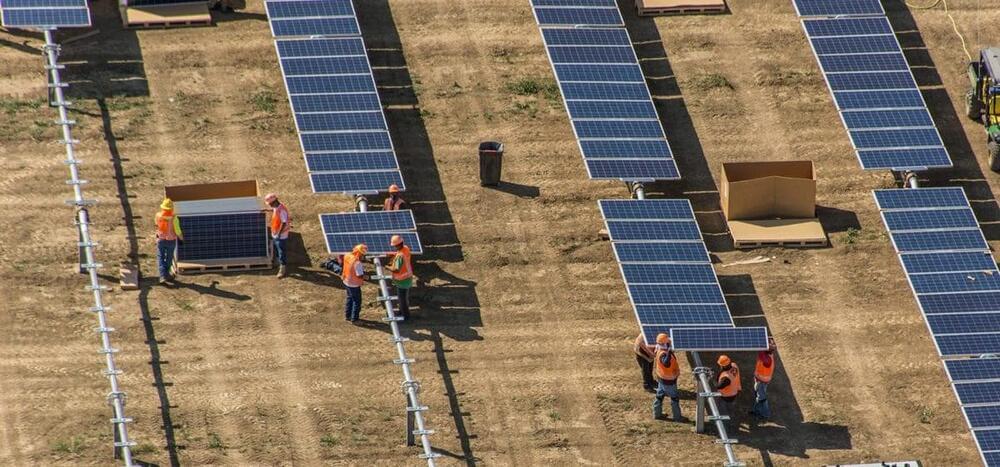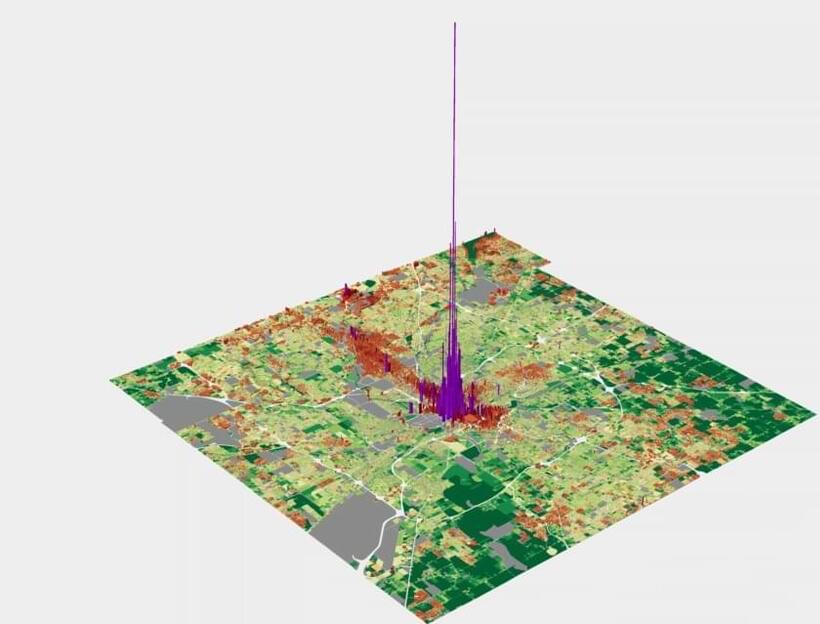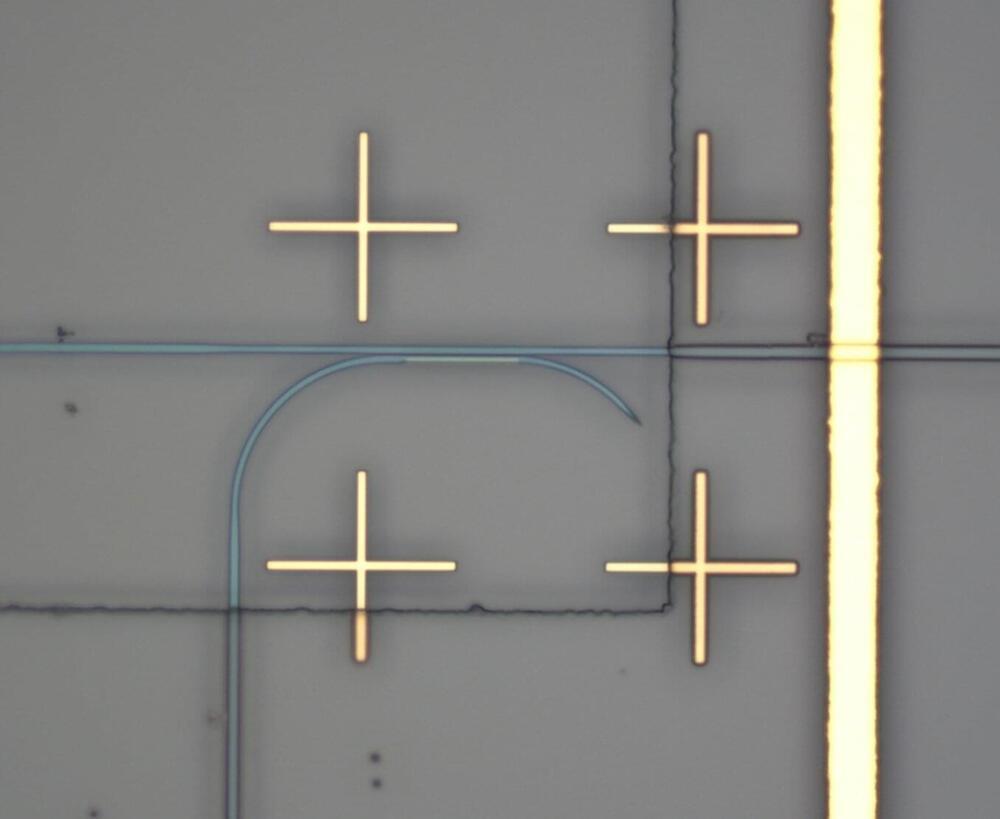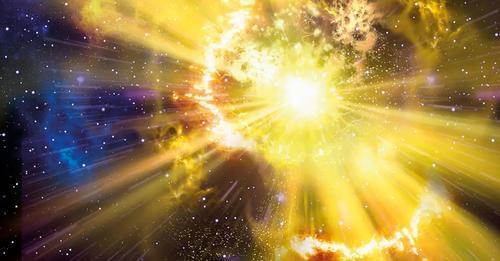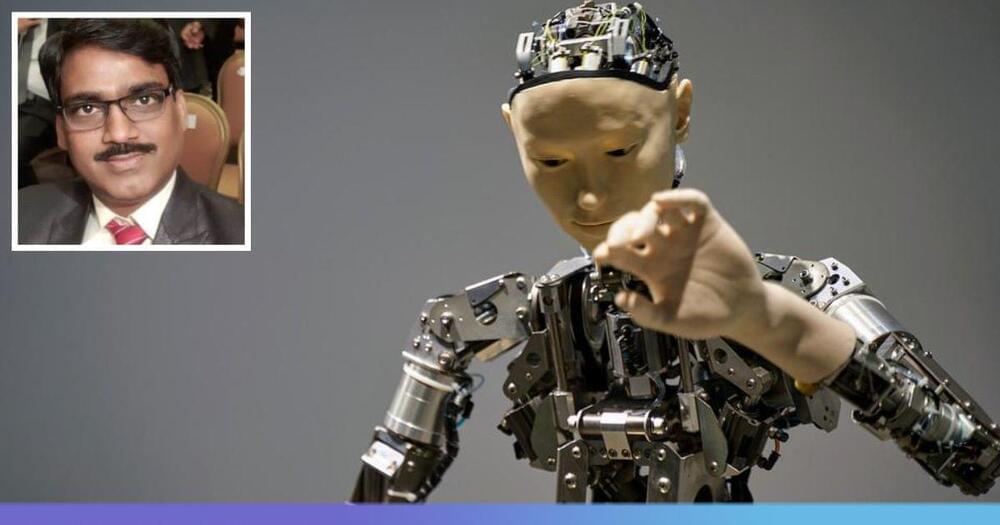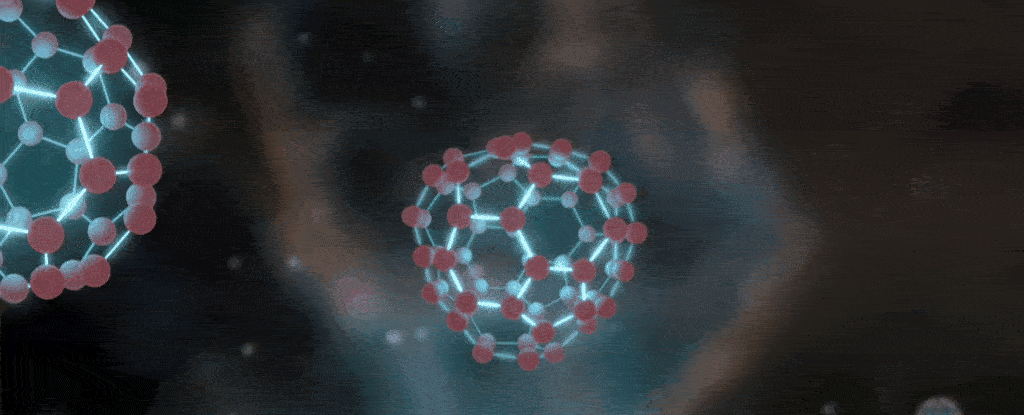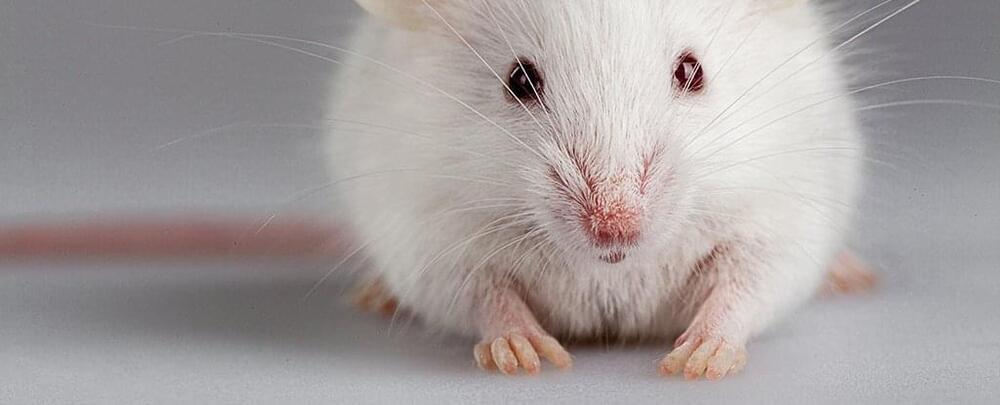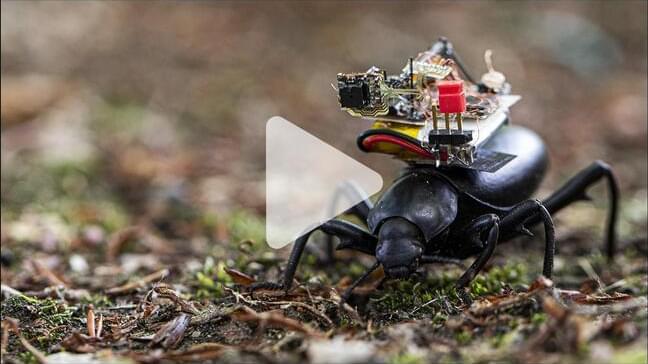Rob Barnett, a senior clean energy analyst for Bloomberg, forecasts a 30% increase in global PV deployment this year, and double-digit growth through 2025.
Demand is pushing solar growth across the world to new heights, as Bloomberg senior analyst Rob Barnett forecasts deployment to increase by 30% this year. Total global solar deployment is closing in on 1 TW installed – an impressive milestone for the energy transition.
“The global solar picture is just staggering at this point,” Barnett told Yahoo Finance. “We are on track to install something like 250 GW of solar capacity this year.”
China is contributing the largest share to capacity growth this year, with about 108 GW of new operational PV. This is a near-doubling of the roughly 55 GW installed by China last year. The country has the world’s largest exposure to renewable energy, with 323 GW of solar and 338 GW of wind energy. President Xi Jinping aims for 1,200 GW combined by 2030, and the nation is currently ahead of schedule on that goal, said Bloomberg.
